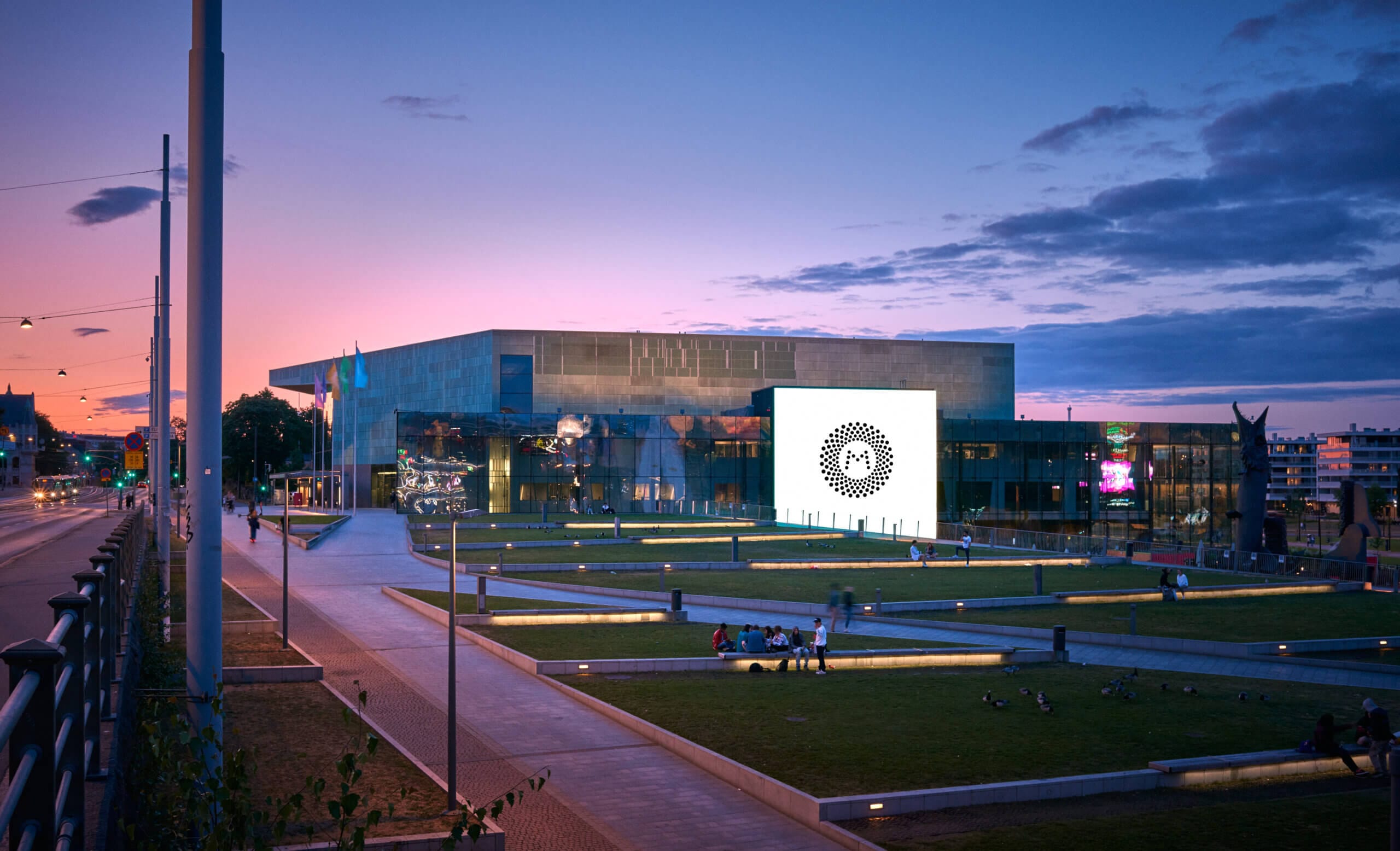
Musiikkitalo is a concert and event venue in the centre of Helsinki that’s open to all. Every year, we host more than 1,000 events from classical, jazz and folk music concerts to corporate gatherings and private celebrations. More than half of all our public events are offered free of cost, as we want culture to be accessible to all. The Musiikkitalo building also remains open to visitors outside of performance hours. Why not pop in for a cup of coffee, to check out our brilliant array of art exhibitions and our fantastic resident artworks or even just to take a look – the architecture itself is worth a visit.
About Musiikkitalo

Our history
Musiikkitalo is the result of a joint endeavour by the Sibelius Academy, the Finnish Radio Symphony Orchestra and Helsinki Philharmonic Orchestra. First opened to the public in August 2011, the building enjoys a prime location in central Helsinki, opposite Eduskunta, the Finnish Parliament.

Our resident organisations
The resident organisations at Musiikkitalo are: the Helsinki Philharmonic Orchestra, the Finnish Radio Symphony Orchestra and the University of the Arts Helsinki’s Sibelius Academy.

Musiikkitalo concert organ
January 2024 saw the unveiling of Musiikkitalo’s long-awaited new concert organ. The 124-stop organ has the distinction of being the largest modern concert hall organ in the world. It is also one of only two instruments of this kind that can also be considered works of art in their own right. The creation of the new organ was made possible through a significant donation from the composer Kaija Saariaho.

Our architecture
At Musiikkitalo, our walls speak softly to lend focus to what really matters here; the music. The architects have created a venue that is designed to encourage openness and the exchanging of ideas.

Visual art at Musiikkitalo
Alongside music and architecture, you will also be able to enjoy visual art as part of your visit. Reijo Hukkanen’s Song Trees and Kirsi Kaulanen’s Gaia are both bespoke commission for Musiikkitalo.